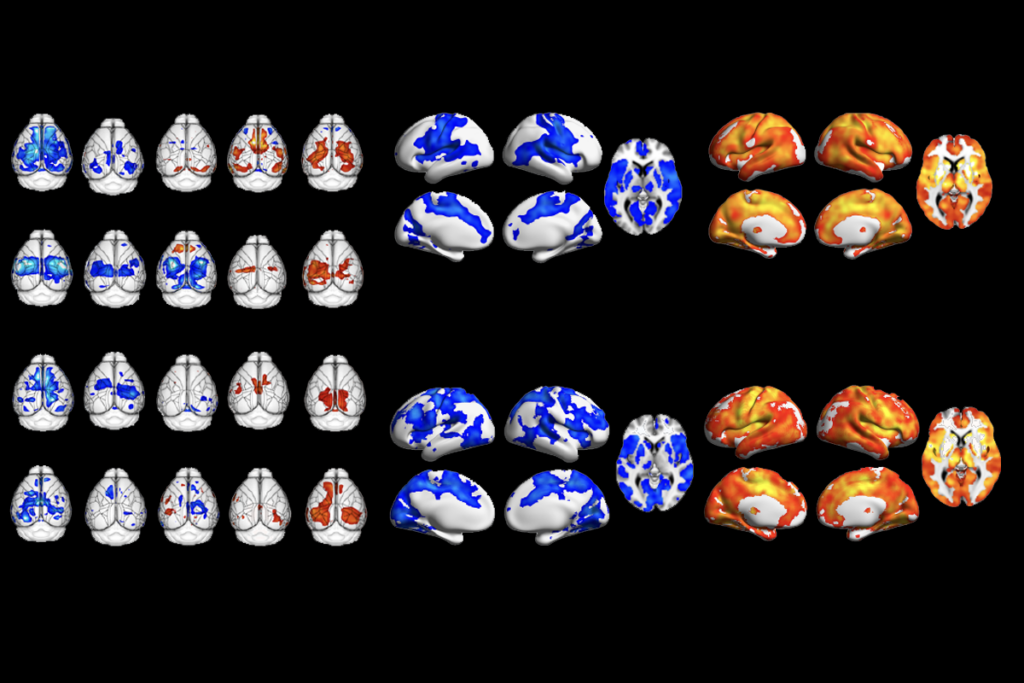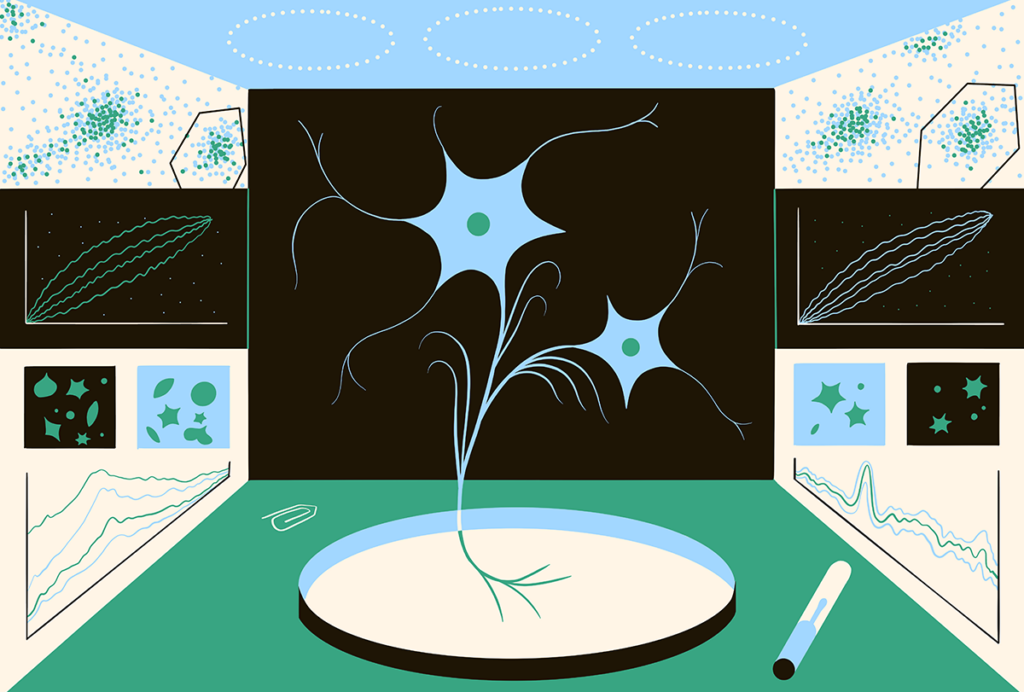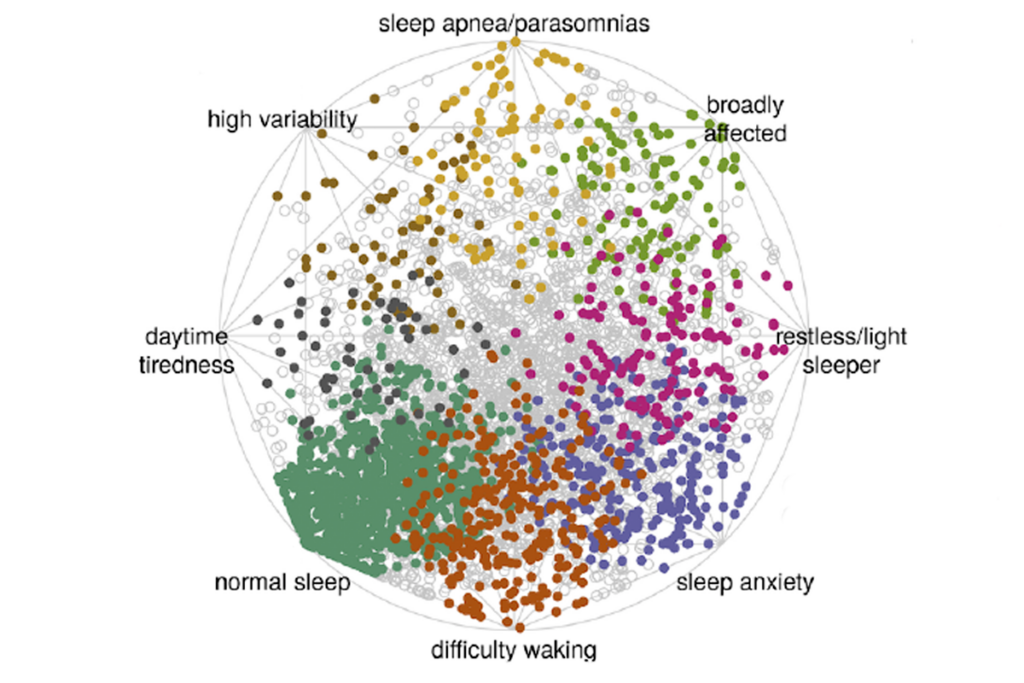A drug that lasts for days
A new slow-release form of the drug risperidone ― an antipsychotic given to people with schizophrenia, autism and other psychiatric conditions ― lasts in the blood days instead of hours, according to research presented today at the Society for Neuroscience meeting.
A new slow-release form of the drug risperidone ― an antipsychotic given to people with schizophrenia, autism and other psychiatric conditions ― lasts in the blood days instead of hours, according to research presented today at the Society for Neuroscience meeting.
Risperidone inhibits dopamine signaling in the brain, and the U.S. Food and Drug Administration in 2006 approved it for treating irritability in children and adolescents with autism. The drug is given in pill and liquid form, and the body metabolizes both forms within a few hours. A longer lasting version of the drug would prove to be of enormous clinical benefit.
In the current study, researchers combined a powder form of risperidone with varying amounts of lactic acid and glycolic acid. They melted the ingredients together into cylindrical, rod-shaped polymers, each about 1 centimeter long, and implanted the rods underneath ratsʼ skin.
Over 100 days, the researchers found, drug levels in these rats remained more steady than in rats that intermittently drank risperidone dissolved in drinking water.
The risperidone implant is also more effective at blocking an elevation in dopamine triggered by amphetamine compared with the water-dissolved control, said lead investigator Steve Siegel, an assistant professor of psychiatry at the University of Pennsylvania.
The work was done in healthy rats, but the researchers plan to study the implantʼs effects in mouse models of Rett syndrome, as well as models of schizophrenia that may show some autism-like symptoms.
They also plan to develop implants that release drugs for up to four months. Similar methods with other drugs have been successful for up to a year, Siegel said.
For all reports from the Society for Neuroscience annual meeting, click here.
Recommended reading

Expediting clinical trials for profound autism: Q&A with Matthew State

Too much or too little brain synchrony may underlie autism subtypes
Explore more from The Transmitter

This paper changed my life: Shane Liddelow on two papers that upended astrocyte research
Dean Buonomano explores the concept of time in neuroscience and physics

